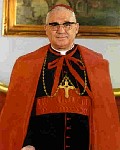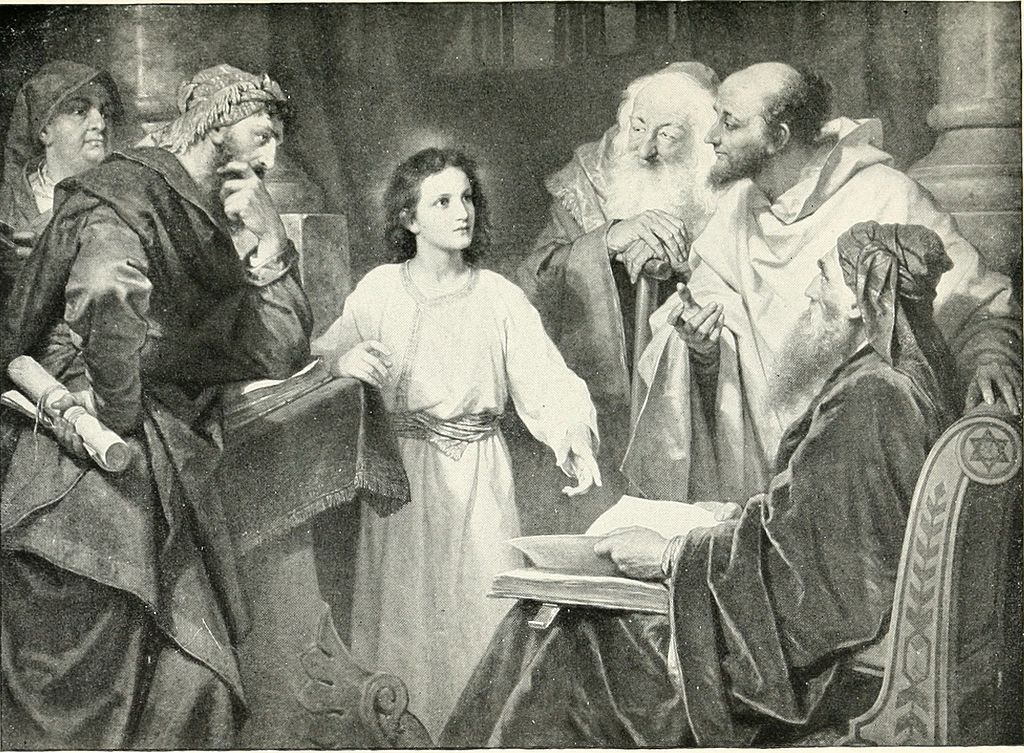|
To work for the proper implementation of canon law is to play an extraordinarily constructive role in continuing the redemptive mission of Christ. Pope John Paul II |
|
16 nov 2022 |
Research links
|
Related
Vatican II, here |
|
Overview
|
Legislative History of the 1983 Code
The process whereby the Pio-Benedictine Code was replaced by the Johanno-Pauline Code was a protracted one, beginning in January 1959 and not ending until November 1983. Tracing the development of the Johanno-Pauline Code from its Pio-Benedictine roots, appreciating its profound debts to the Second Vatican Council (1962-1965), and, in particular, observing its successive drafts, richly rewards those who would better understand and apply canon law in the life of the Church today.
|
|
Inauguration of the Reform Process
|
Less than three months into his pontificate Pope John XXIII (reg. 1958-1963) announced his intention to (a) hold a synod for the Diocese of Rome, (b) convoke an Ecumencial Council, and (c) reform the Pio-Benedictine Code of Canon Law. See John XXIII, alloc. Questa festiva (25 ian 1959), AAS 51 (1959) 65-69, esp. 68-69. This tripartite plan was reiterated a few months later in John XXIII, enc. Ad Petri cathedram (29 iun 1959), AAS 51 (1959) 497-531, at 498, Eng. trans., The Pope Speaks 5 (1959) 359-383, at 359, or in C. Carlen, ed., The Papal Encyclicals, in 5 vols., (Pierian Press, 1990) V: 5-20, at 5.
While the Second Vatican Council and the reform of canon law were momentous events in the life of the Church the Synod of the Diocese of Rome (held in January 1960) had virtually no influence on either the ecumenical council or the revision of canon law and today it is all but forgotten. John Paul II noted that the Roman Synod “was not closely connected with the reform of the [1917] Code.” SDL ¶ 1. See generally John Abbo, “The Roman Synod”, The Jurist 21 (1961) 170-203. Synodal acts and norms are, however, avaialble in Prima Romana Synodus A.D. MDCCCCLX (Typis Polyglottis Vaticanis, 1960).
Against the backdrop of all the usual problems of enforcing law in a voluntary society and amid the social upheavals experienced in Western society during this same period (known generally as "The Sixties") the prolonged period of uncertainty, beginning in 1959, as to what canon law would eventually say in 1983—and indeed, according to some, whether canon law would ever again say it—helped produce a severely antinomian climate in the Church.
|
|
Legislative History of the 1983 Code
|
In the course of discussing several topics, the first Synod of Bishops (October 1967) developed ten “Guiding Principles” intended to inform the activities of the various coetus charged with drafting the revised Code of Canon Law. See Pontificia Commissio Codici Iuris Canonici Recognoscendo, “Principia quae Codicis iuris canonici recognitionem dirigant” Communicationes 1 (1969) 77-85, Eng. trans., Canon Law Society of America, Code of Canon Law, Latin-English Edition, New English Translation, (Canon Law Society of America, 1999) xxxvi-xxxvii. See also “Relatio circa ‘Principia quae Codicis iuris canonici recognitionem dirigant’” Communicationes 1 (1969) 86-91; “Responsiones ad animadversiones circa ‘Principia quae Codicis iuris canonici recognitionem dirigant’” Communicationes 1 (1969) 92-98; and “Manifestatio sententiae” Communicationes 1(1969) 99-100 (indicating strong synodal support for the ten principles). See also Richard Cunningham, “The Principles guiding the revision of the Code of canon law,” The Jurist 30 (1970) 447-455 (essentially a paraphrase of the ten principles); and John Alesandro, “Law and renewal: a canon lawyer’s analysis of the revised Code”, Canon Law Society of America Proceedings 44 (1982) 001-040.
"In modern legal systems, analysis of the incremental development of law—its legislative history—sheds important light on how the text of law came about, what alternatives were considered, and why some formulations were accepted while others were rejected. In canon law, legislative history is a great aid in applying the fundamental interpretative principles contained in Canon 17 of the 1983 Code of Canon Law, especially in coming to understand the mind of the legislator." Peters, Incrementa, Introduction.
See a sample of legislative history sequencing, here [coming].
See also F. d’Ostilio, La Storia del nuovo Codice di diritto canonico: Revisione, promulgazione, presentazione (Libreria Editrice Vaticana, 1983) 139 pp.
|
|
|
Researches who desire to access these earlier printed drafts of the law should note the following:
1. Primitive versions
Being in the late-1960s and continuing through the mid-1970s, early versions of proposed canons for what would become the 1983 Code were developed by ten drafting committees charged with the formulation of the new law. A correlation of these canons with the first published versions of same (see Primae Versiones, below), let alone with the 1983 Code, is not available at this time, in part because not all of these primitive versions have even been been published (generally, in Communicationes).
2. First published versions (primae versiones)
• Pontificia Commissio Codici Iuris Canonici Recognoscendo, Schema canonum de procedura administrativa , (Typis Polyglottis Vaticanis, 1972) 16 pp., best cited as Processibus.
• Pontificia Commissio Codici Iuris Canonici Recognoscendo, Schema documenti quo disciplina sanctionum seu poenarum in Ecclesia latina denuo ordinatur, (Typis Polyglottis Vaticanis, 1973) 31 pp., best cited as Sanctionibus.
• Pontificia Commissio Codici Iuris Canonici Recognoscendo, Schema documenti pontificii quo disciplina canonica de sacramentis recognoscitur, (Typis Polyglottis Vaticanis, 1975) 96 pp., best cited as Sacramentis.
• Pontificia Commissio Codici Iuris Canonici Recognoscendo, Schema canonum Libri I de Normis generalibus, (Typis Polyglottis Vaticanis, 1977) 58 pp., best cited as Normis.
• Pontificia Commissio Codici Iuris Canonici Recognoscendo, Schema canonum Libri Ii de Populi Dei (Typis Polyglottis Vaticanis, 1977) 159 pp., best cited as Populo Dei.
• Pontificia Commissio Codici Iuris Canonici Recognoscendo, Schema canonum de Institutis vitae consecratae per professionem conciliorum evangelicorum, (Typis Polyglottis Vaticanis, 1977) 37 pp., best cited as Vita cons.
• Pontificia Commissio Codici Iuris Canonici Recognoscendo, Schema canonum Libri III de Ecclesiae munere docendi, (Typis Polyglottis Vaticanis, 1977) 39 pp., best cited as Docendi.
• Pontificia Commissio Codici Iuris Canonici Recognoscendo, Schema canonum Libri IV de Ecclesiae munere sanctificandi Pars II de Locis et temporibus sacris deque cultu divino, (Typis Polyglottis Vaticanis, 1977) 26 pp., best cited as Locis et temp.
• Pontificia Commissio Codici Iuris Canonici Recognoscendo, Schema canonum Libri V de Iure patrimoniali Ecclesiae, (Typis Polyglottis Vaticanis, 1977) 23 pp., best cited as Patrimoniali.
• Pontificia Commissio Codici Iuris Canonici Recognoscendo, Schema canonum de modo procedendi pro tutela iurium seu de Processibus, (Typis Polyglottis Vaticanis, 1977) 96 pp., best cited as Proc. Admin.
3. The 1980 Schema Codicis
The first integrated draft of what would eventually be the 1983 Code was designed to give those working on the reform project, at long last, a sense of the whole.
• Pontificia Commissio Codici Iuris Canonici Recognoscendo, Schema Codicis iuris canonici iuxta animadversiones S.R.E. Cardinalium, Episcoporum Conferentiarum, Dicasteriorum Curiae Romanae, universitatem facultatumque ecclesiascaticarum necnon Superiorum Institutorum vitae consecratae recognitum (Libreria Editrice Vaticana, 1980) 382 pp., best cited as the 1980 Schema.
The 1980 Schema was the object of two extended sets of recommendations, namely, those submitted in writing to the revision commission, and those surfaced during a 1981 plenary session of the commission, both of which were published as follows:
• Pontificium Consilium de Legum Textibus Interpretandis, Congregatio Plenaria, diebus 20-29 Octobris 1981 habita, (Typis Polyglottis Vaticanis, 1991) 637 pp., best cited as Plenaria. ▪ Reviews: D. Le Tourneau, Studia Canonica 28 (1994) 266-267; J. Alesandro The Jurist 51 (1991) 504-507.
• Pontificia Commissio Codici Iuris Canonici Recognoscendo, Relatio complectens synthesim animdaversionum ab Em.mis atque Exc.mis Patribus commissionis ad novissimum schema codicis iuris canonici exhibitarum, cum responsionibus a secretaria et consultoribus datis, (Typis Polyglottis Vaticanis, 1981) 358 pp., best cited as Relatio or Relatio Complectens. ▪ Notes: Largely available in Communicationes 14-16 (1982-1984).
4. The 1982 Schema Codicis
This final draft of the proposed Code was delivered to delivered to Pope John Paul II on 22 April 1982.
• Pontificia Commissio Codici Iuris Canonici Recognoscendo, Codex iuris canonici: Schema novissimum iuxta placita Patrum Commissionis emendatum atque Summo Pontifici praesentatum (Typis Polyglottis Vaticanis, 1982), 308 pp., best cited as the 1982 Schema.
|
|
|
Graphic Representation of the Development of the 1983 Code
1983 Codex Iuris Canonici(mense jan. 1983)
Modificationes papales (mense dec. 1982)
1982 Schema Codicis Iuris Canonici
Modificationes ex Sessione Plenaria, Relatione, & Aditamenta ex LEF
1980 Schema Codicis Iuris Canonici
Primae Versiones
1917 Codex Iuris Canonci (et ex Lege Romana)
|
|
Studies |
• Harry Eijsink, “Some striking changes in the Code of Canon Law since April 1982”, in J. Provost & K. Walf, eds., Ius Sequitur Vitam: Law Follows Life (Leuven, 1991) 1-20.
|
|
|
Time Line of the Development of the 1983 Code (A work-in-progress, of course, suggestions welcome to Webmaster).
|
|
Materials on this website represent the opinions of Dr. Edward Peters and are offered in accord with Canon 212 § 3. This website undergoes continual refinement and development. No warranty of completeness or correctness is made. Dr. Peters' views are not necessarily shared by others in the field nor are they intended as canonical or civil advice.
CanonLaw.info Homepage & Site Directory / Help support CanonLaw.info / Original Materials © Edward N. Peters |
| Staging |
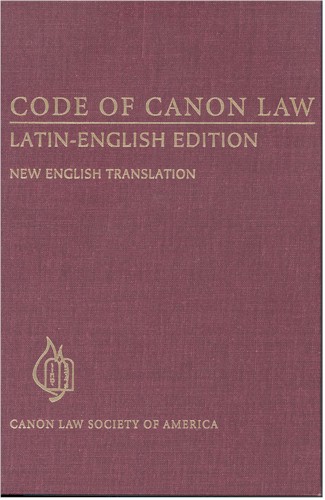
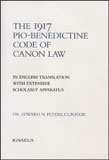
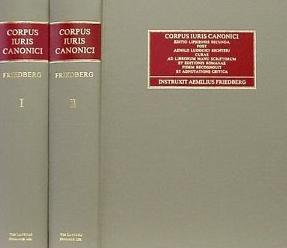
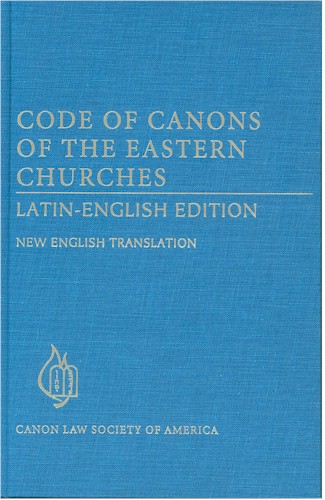
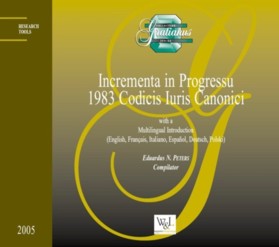 The 1983 Code underwent four major
published versions over a 10-year period. These drafts are collected and
correlated in Edward Peters,
The 1983 Code underwent four major
published versions over a 10-year period. These drafts are collected and
correlated in Edward Peters,
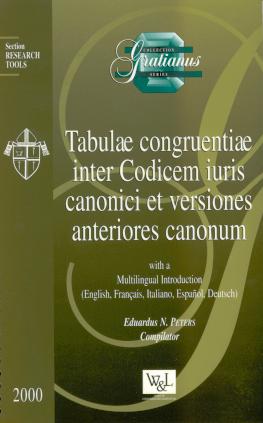 An earlier version of this work,
providing correlations of draft canons but not their
text, is Edward Peters,
An earlier version of this work,
providing correlations of draft canons but not their
text, is Edward Peters,
